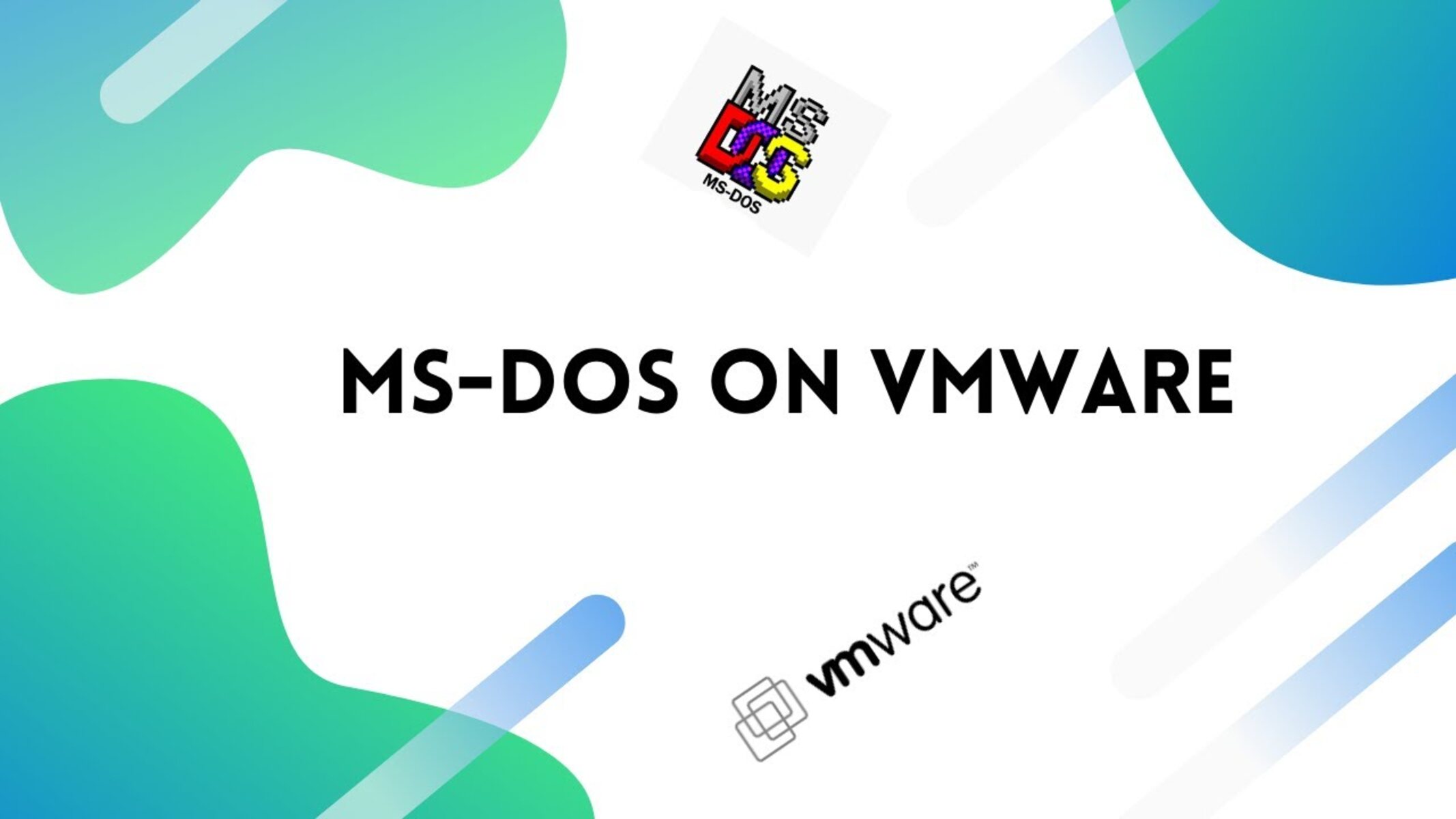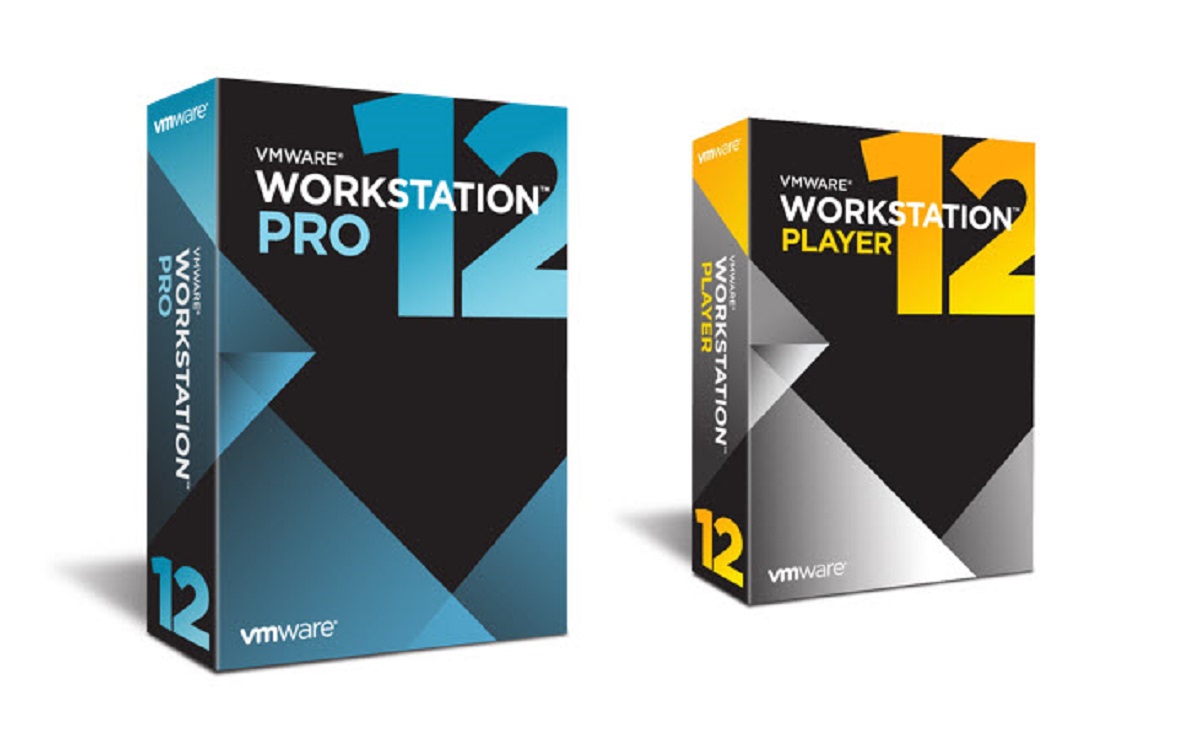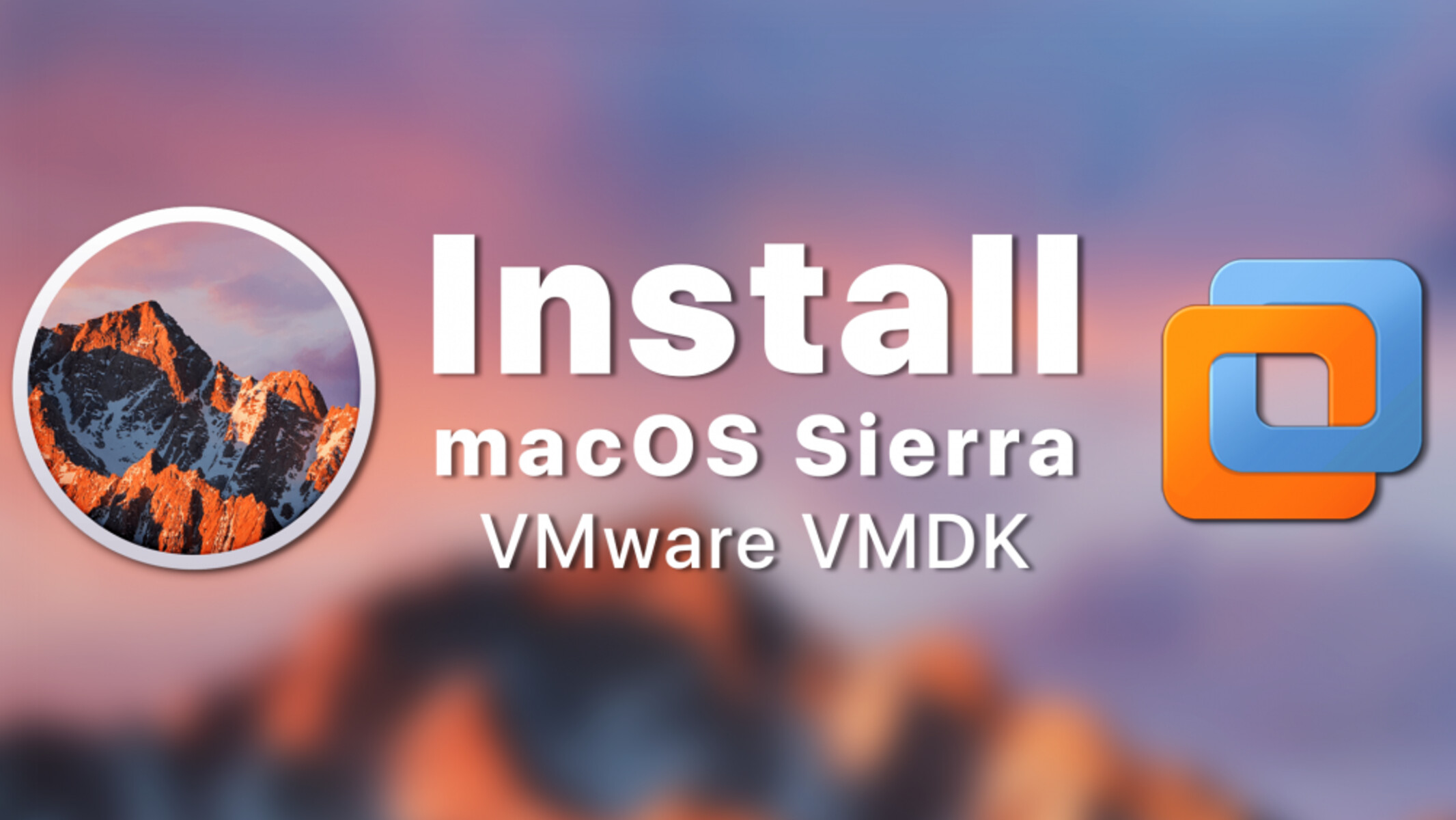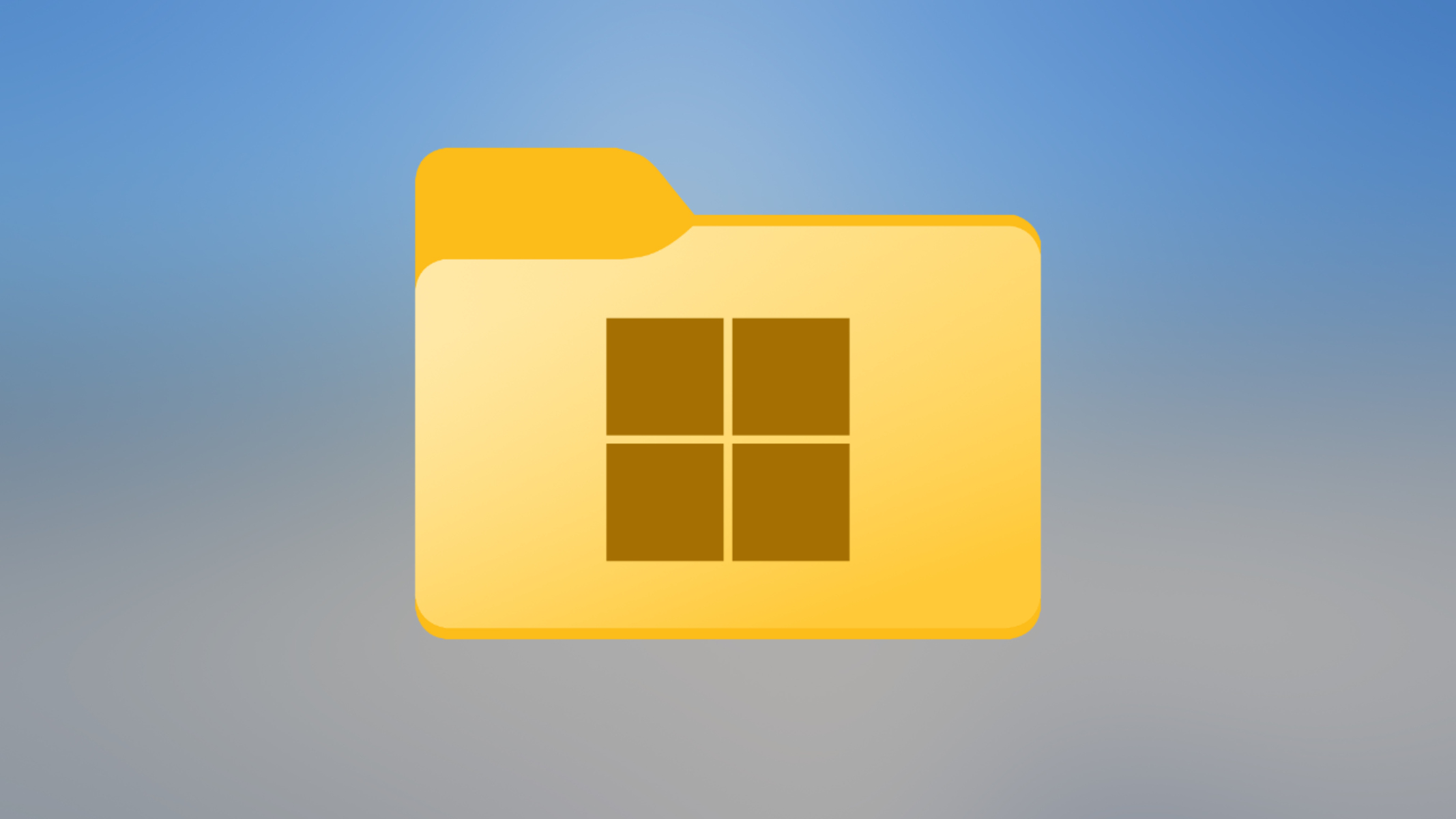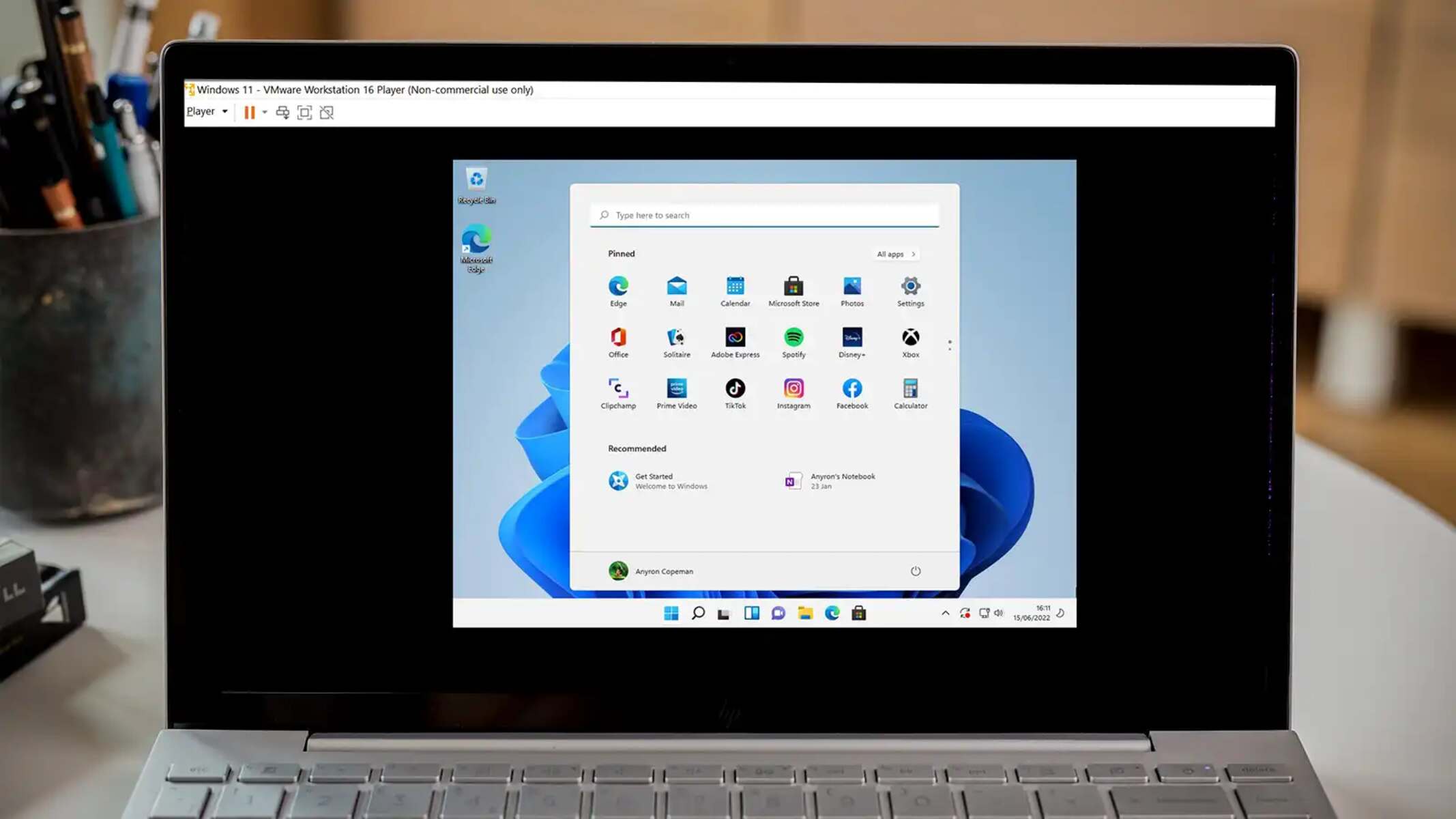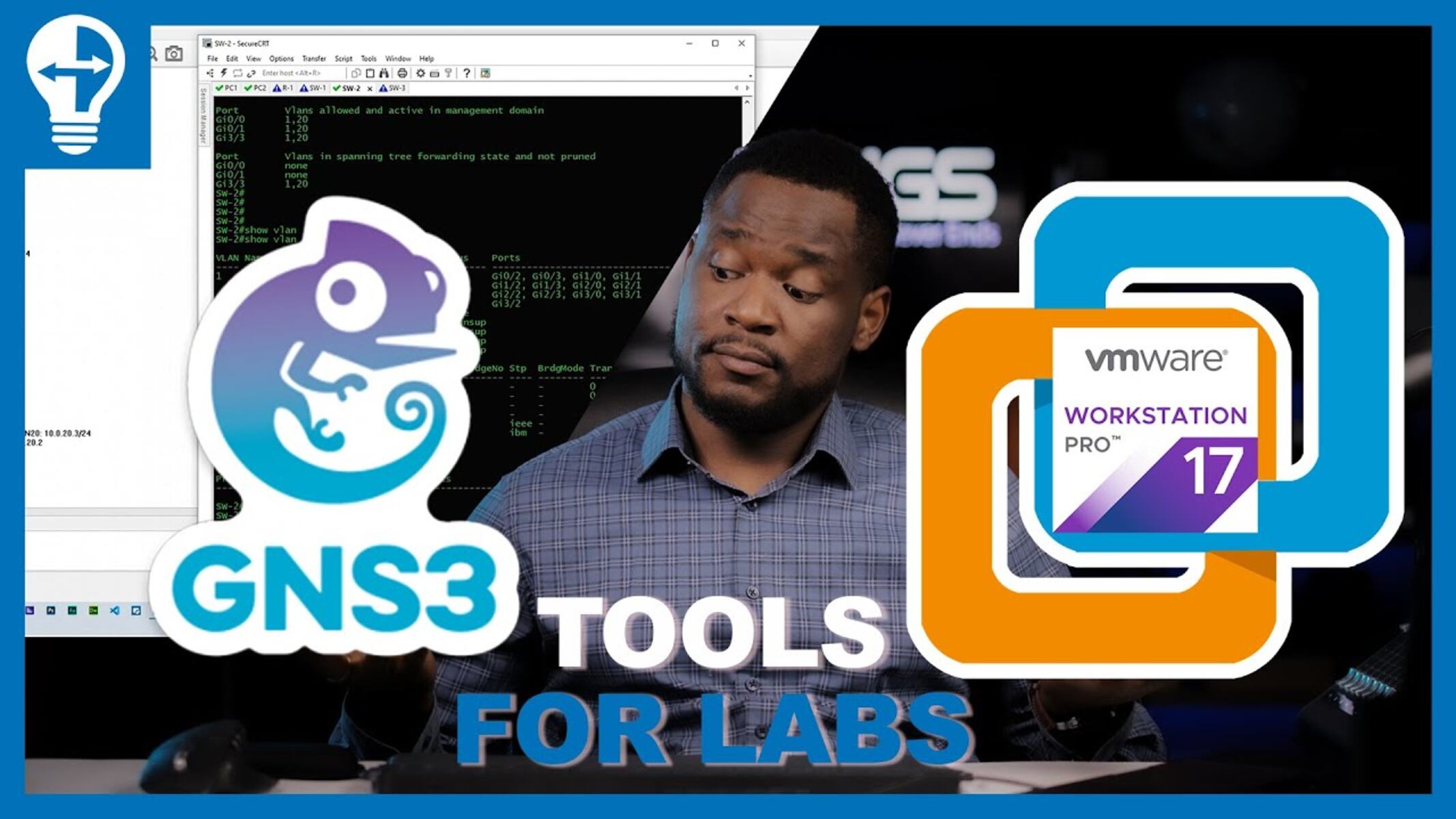Introduction
Welcome to the comprehensive guide on how to install MS-DOS 6.22 on your VMware Workstation. MS-DOS 6.22 is a legendary operating system that was widely used in the late 1980s and early 1990s. While it may have been replaced by newer, more advanced operating systems, MS-DOS 6.22 still holds a special place in the hearts of many tech enthusiasts and retro computing enthusiasts.
In this tutorial, we will walk you through the step-by-step process of installing MS-DOS 6.22 on your VMware Workstation, which will allow you to run this classic operating system on your modern computer. Whether you are seeking to relive the nostalgia of the past or experiment with the roots of computing, this guide will enable you to enjoy the unique experience of using MS-DOS 6.22.
Throughout this guide, we will provide detailed instructions, accompanied by screenshots, to ensure that you can easily follow along and successfully install MS-DOS 6.22. Additionally, we will address any potential issues that you may encounter during the installation process and provide solutions to overcome them.
It is important to note that MS-DOS 6.22 is no longer a supported operating system by Microsoft, and it may not be suitable for everyday use or modern computing tasks. However, if you have a specific need or interest in running MS-DOS 6.22, this guide will help you set up a virtual environment where you can experience the charm and simplicity of this classic operating system.
So, if you are ready to dive into the world of MS-DOS 6.22 and embark on a journey back to the early days of personal computing, let’s get started with the prerequisites that you need to fulfill before you can proceed with the installation process.
Prerequisites
Before you can begin the installation process of MS-DOS 6.22 on VMware Workstation, there are a few prerequisites that you need to fulfill to ensure a smooth and successful setup. Here are the essential requirements:
- VMware Workstation: Make sure you have VMware Workstation installed on your computer. This virtualization software will serve as the platform for running MS-DOS 6.22 in a virtual machine environment.
- MS-DOS 6.22 ISO File: Obtain a copy of the MS-DOS 6.22 ISO file. You can find this file online through various sources, or you may already have a physical copy. The ISO file is necessary for the installation process as it contains the necessary files for installing MS-DOS 6.22.
- Computer Hardware: Check that your computer meets the minimum hardware requirements for running VMware Workstation smoothly. The specifications may vary depending on your operating system and version of VMware Workstation, but generally, you will need a compatible processor, sufficient RAM, and ample disk space.
- Operating System: Ensure that you have a compatible operating system installed on your computer. VMware Workstation supports Windows, Linux, and macOS, so make sure you have a supported OS before proceeding.
Fulfilling these prerequisites will set the foundation for a successful installation of MS-DOS 6.22 on your VMware Workstation. It is crucial to ensure that you have everything in place before proceeding to the next steps. In case you do not meet these requirements, you may need to upgrade your hardware or software accordingly.
Now that you have checked off the prerequisites, it is time to dive into the step-by-step process of creating a new virtual machine in VMware Workstation. Follow along in the next section as we guide you through the necessary configurations and settings to prepare your virtual environment for MS-DOS 6.22.
Step 1: Creating a New Virtual Machine
The first step in installing MS-DOS 6.22 on VMware Workstation is to create a new virtual machine. This virtual machine will serve as the platform on which you will install and run the operating system. Here’s how to create a new virtual machine:
- Open VMware Workstation: Launch the VMware Workstation application on your computer. Once opened, click on the “Create a New Virtual Machine” option from the welcome screen. Alternatively, you can go to “File” and then select “New Virtual Machine”.
- Choose the Installation Method: In the new virtual machine wizard, you will be prompted to select the installation method. Since we will be installing an operating system from an ISO file, choose the “Installer disc image file (iso)” option and click “Next”.
- Select the ISO File: In the next step, browse your computer to locate and select the MS-DOS 6.22 ISO file that you acquired previously. Click “Next” to proceed.
- Choose the Guest Operating System: On the following screen, VMware Workstation will automatically detect the operating system based on the ISO file. In this case, it should recognize MS-DOS 6.22. If not, you can manually select the operating system from the list. Click “Next” when you are done.
- Name and Location: Specify a name and location for your virtual machine. Choose a meaningful name that represents MS-DOS 6.22. You can also choose a destination folder where the virtual machine files will be stored. Click “Next” to proceed.
- Configure Disk Capacity: The next step involves configuring the virtual disk capacity. You can specify the size of the virtual hard disk that will be allocated for MS-DOS 6.22. The recommended capacity for MS-DOS 6.22 is 500MB to 1GB. Adjust the size accordingly and click “Next”.
- Ready to Create Virtual Machine: Lastly, review the summary of your virtual machine configuration. Ensure that all the settings are accurate. If needed, you can make any necessary changes before clicking “Finish” to create the virtual machine.
By following these steps, you will have successfully created a new virtual machine in VMware Workstation. This virtual machine is the foundation on which you will proceed with the installation and configuration of MS-DOS 6.22. In the next step, we will go through the process of configuring the virtual machine settings to optimize it for MS-DOS 6.22. Stay tuned!
Step 2: Configuring the Virtual Machine Settings
After creating a new virtual machine for MS-DOS 6.22 in VMware Workstation, the next step is to configure the virtual machine settings. These settings will optimize the virtual machine environment for running MS-DOS 6.22 smoothly. Follow these steps to configure the virtual machine settings:
- Power on the Virtual Machine: Select the newly created virtual machine from the list in VMware Workstation. Click on the “Power on this virtual machine” option to turn it on.
- Install VMware Tools (Optional): VMware Tools is a set of utilities that enhance the performance and usability of the virtual machine. While installing VMware Tools is optional, it is highly recommended for a better user experience. To install VMware Tools, go to the “Virtual Machine” menu and select “Install VMware Tools”. Follow the on-screen instructions to complete the installation.
- Adjust the Display Settings: By default, the virtual machine may not utilize the full screen display. To adjust the display settings, go to the “View” menu and select “Fit Guest Now” or choose the desired display resolution from the “Preferences”. This will ensure that the MS-DOS 6.22 interface fits the screen properly.
- Set Memory Allocation: MS-DOS 6.22 does not require a large amount of memory to run smoothly. However, you can allocate enough memory to ensure optimal performance. To adjust the memory allocation, go to the “Virtual Machine Settings” and select the “Hardware” tab. From there, click on “Memory” and adjust the allocated memory size according to your preference.
- Configure Network Adapter: If you want to connect your MS-DOS 6.22 virtual machine to the internet or to a specific network, you need to configure the network adapter. In the virtual machine settings, select the “Network Adapter” option and choose the desired network connection type.
- Enable Shared Folders (Optional): VMware Workstation allows you to share folders between the host operating system and the virtual machine. If you want to enable shared folders, go to the virtual machine settings, select the “Options” tab, and choose “Shared Folders”. From there, add the folders you want to share and configure the sharing options.
- Save the Settings: Once you have made all the necessary configurations, click on the “OK” button to save the settings for the virtual machine.
By following these steps, you have successfully configured the virtual machine settings for MS-DOS 6.22 on VMware Workstation. The display settings, memory allocation, network adapter, and shared folders are now set up according to your preferences. In the next step, we will explore how to mount the MS-DOS 6.22 ISO file to proceed with the installation process. Stay tuned!
Step 3: Mounting the MS-DOS 6.22 ISO File
Once you have finished configuring the virtual machine settings for MS-DOS 6.22 on VMware Workstation, the next step is to mount the MS-DOS 6.22 ISO file. Mounting the ISO file will make its content accessible within the virtual machine, allowing you to install MS-DOS 6.22. Follow these steps to mount the ISO file:
- Power on the Virtual Machine: Start the virtual machine by selecting it in VMware Workstation and clicking on the “Power on this virtual machine” option.
- Select the Virtual Machine Console: Once the virtual machine has booted up, you will see the console window. Click inside the console window to activate it.
- Mount the ISO File: In the VMware Workstation menu, go to “VM” and then select “Removable Devices”. From the submenu, choose “CD/DVD (SATA)” and then select “Settings…”.
- Choose the ISO File: In the “CD/DVD Drive” settings, select the “Use ISO image file” option. Click on the “Browse” button and locate the MS-DOS 6.22 ISO file on your computer. Select the ISO file and click “OK”.
- Close the Settings: Once you have successfully selected the ISO file, close the “CD/DVD Drive” settings window.
By following these steps, you have successfully mounted the MS-DOS 6.22 ISO file within the virtual machine. The ISO file is now accessible, allowing you to proceed with the installation of MS-DOS 6.22. In the next step, we will explore how to install MS-DOS 6.22 on the virtual machine. Stay tuned!
Step 4: Installing MS-DOS 6.22
With the MS-DOS 6.22 ISO file mounted and accessible within the virtual machine, you are now ready to proceed with the installation of MS-DOS 6.22. Follow these steps to install the operating system:
- Power on the Virtual Machine: Start the virtual machine by selecting it in VMware Workstation and clicking on the “Power on this virtual machine” option.
- Boot from the CD-ROM: When the virtual machine powers on, it will detect the mounted MS-DOS 6.22 ISO file as a bootable disk. Press any key when prompted to boot from the CD-ROM.
- Begin the Installation: Once the virtual machine has booted from the CD-ROM, the MS-DOS 6.22 installation process will begin. Follow the on-screen instructions to proceed.
- Partition and Format the Disk: During the installation process, MS-DOS 6.22 will prompt you to partition and format the disk. Choose the desired disk partitioning method and file system format. Follow the prompts carefully, as this step determines how your disk will be organized.
- Specify Installation Options: After the disk partitioning and formatting, you will be prompted to specify installation options such as the installation directory, system files location, and components to install. Review and adjust the options as needed.
- Complete the Installation: Once you have specified the installation options, MS-DOS 6.22 will proceed with copying the necessary files and configuring the system. Depending on your system’s performance, this process may take a few minutes.
- Restart the Virtual Machine: After the installation is complete, MS-DOS 6.22 will prompt you to restart the virtual machine. Follow the instructions to restart the machine.
By following these steps, you have successfully installed MS-DOS 6.22 on the virtual machine. Now you have the classic operating system running within VMware Workstation. In the next step, we will explore how to configure MS-DOS 6.22 to optimize its settings. Stay tuned!
Step 5: Configuring MS-DOS 6.22
After successfully installing MS-DOS 6.22 on your virtual machine within VMware Workstation, the next step is to configure the operating system to optimize its settings. Follow these steps to configure MS-DOS 6.22:
- Customize AUTOEXEC.BAT and CONFIG.SYS: MS-DOS 6.22 uses two important files – AUTOEXEC.BAT and CONFIG.SYS – to configure various system settings. You can edit these files using a text editor like Edit or the MS-DOS Editor. Adjust the file contents according to your preferences, such as specifying startup programs, setting environment variables, or configuring device drivers.
- Install Additional Software: MS-DOS 6.22 comes with a range of built-in utilities and programs. However, you can install additional software or games to enhance your experience. You can transfer software from your host machine by using shared folders or through other methods like floppy disks.
- Configure Display Settings: If you want to change the display settings of MS-DOS 6.22, you can modify the settings within the operating system. This includes changing the screen resolution, font size, and other visual aspects of the interface. Adjust the display settings to your liking.
- Setup Networking (Optional): If you want to connect your MS-DOS 6.22 virtual machine to a network or the internet, you can configure networking settings within the operating system. This may involve setting up network protocols, configuring network cards, and specifying IP addresses. Consult the MS-DOS 6.22 documentation or online resources for more guidance on networking setup.
- Configure System Resources: MS-DOS 6.22 allows you to manage system resources such as memory, disk space, and device drivers. You can adjust these settings to ensure optimal performance based on your system’s capabilities and requirements. Balance resource allocations according to your needs.
- Explore Additional MS-DOS Features: Take some time to explore the various features and commands available in MS-DOS 6.22. Familiarize yourself with its command-line interface and functionality. Learn about batch file scripting, directory management, file manipulation, and other MS-DOS capabilities.
By following these steps, you have successfully configured MS-DOS 6.22 to optimize its settings within the virtual machine. You can now personalize your MS-DOS experience, install additional software, and explore the capabilities of this legendary operating system. Congratulations on completing the installation and configuration process!
Conclusion
Congratulations on successfully installing and configuring MS-DOS 6.22 on VMware Workstation! You have now unlocked the ability to experience the nostalgia and simplicity of this classic operating system. MS-DOS 6.22 holds a special place in the history of computing and being able to run it within a virtual machine allows you to explore its features and relive the early days of personal computing.
Throughout this guide, we have covered each step in detail, from creating a new virtual machine to configuring MS-DOS 6.22 and optimizing its settings. By following these steps, you have set up a virtual environment where you can run MS-DOS 6.22 on your modern computer.
Remember, while MS-DOS 6.22 may not be suitable for everyday use or modern computing tasks, it provides a unique opportunity to delve into the roots of computing history. Take the time to explore the command-line interface, experiment with batch files, and enjoy the simplicity and charm that MS-DOS has to offer.
We hope that this guide has been helpful in guiding you through the installation and configuration process for MS-DOS 6.22. If you have any questions or encounter any issues along the way, don’t hesitate to consult the official documentation or seek assistance from online forums and communities dedicated to retro computing.
Thank you for joining us on this journey back in time, and we hope you enjoy your MS-DOS 6.22 experience on VMware Workstation!







